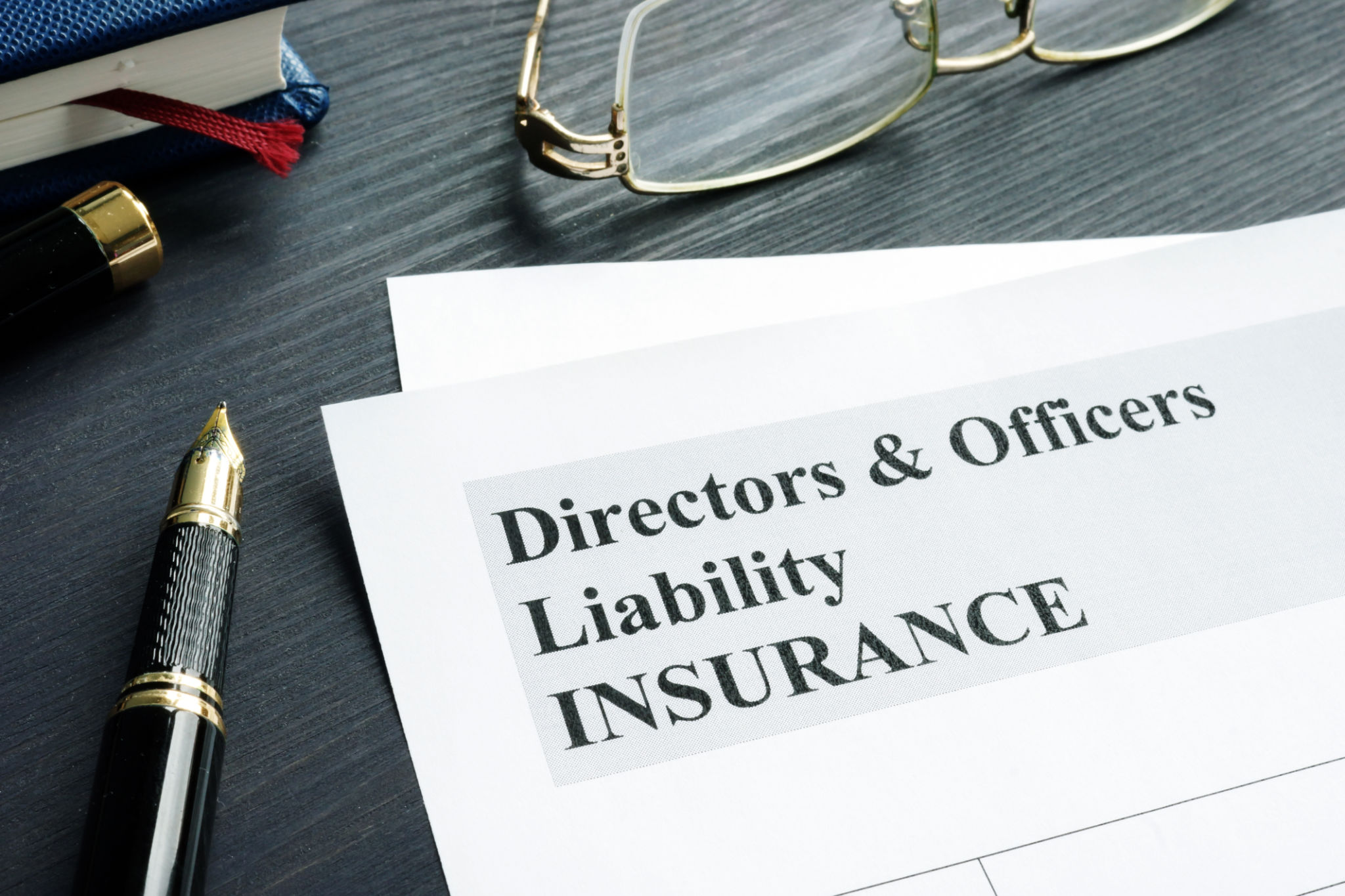Comparing Property and Casualty Insurance: What You Need to Know
Understanding Property and Casualty Insurance
When it comes to protecting your assets, understanding the difference between property and casualty insurance is crucial. These two types of insurance cover distinct areas, yet they often work together to provide comprehensive protection for your belongings and liabilities. Knowing what each type covers can help you make informed decisions about your insurance needs.

What is Property Insurance?
Property insurance is designed to protect your physical assets. This includes coverage for your home, vehicle, or any other personal property you own. If any damage occurs due to events such as theft, fire, or natural disasters, property insurance can help you recover financially by covering repair or replacement costs. It’s essential to understand the specific coverage provided under your policy to ensure it meets your needs.
Common types of property insurance include:
- Homeowners Insurance: Protects your home and personal property within it.
- Renters Insurance: Covers personal belongings for those renting a home or apartment.
- Auto Insurance: Offers protection for your vehicle against accidents and other damages.
Exploring Casualty Insurance
Casualty insurance, on the other hand, primarily covers liability. This means that if you are found legally responsible for an accident that causes injury or damage to someone else’s property, casualty insurance can help cover the associated costs. Liability coverage is often included in many insurance policies to protect against potential lawsuits or claims.

Some key areas covered by casualty insurance include:
- General Liability: Protection against claims of bodily injury or property damage.
- Professional Liability: Also known as errors and omissions insurance, it covers professionals against negligence claims.
- Workers' Compensation: Provides coverage for employees injured on the job.
The Interplay Between Property and Casualty Insurance
While property and casualty insurance serve different purposes, they often complement each other within a comprehensive policy. For instance, a homeowners insurance policy typically includes both property and liability coverage, protecting you from physical damage to your home and liability claims from injuries occurring on your property. It’s essential to have a balance of both to ensure complete protection.

Choosing the Right Coverage
Selecting the right blend of property and casualty insurance depends on several factors, including your lifestyle, risk exposure, and specific needs. Evaluating these elements can guide you in determining adequate coverage levels. Consulting with an insurance professional can also provide valuable insights into structuring a policy that offers both security and peace of mind.
In conclusion, understanding the differences and connections between property and casualty insurance is vital for safeguarding your assets. By carefully considering your personal circumstances and potential risks, you can tailor your insurance coverage to fit your unique situation, ensuring comprehensive protection for both your belongings and liabilities.
